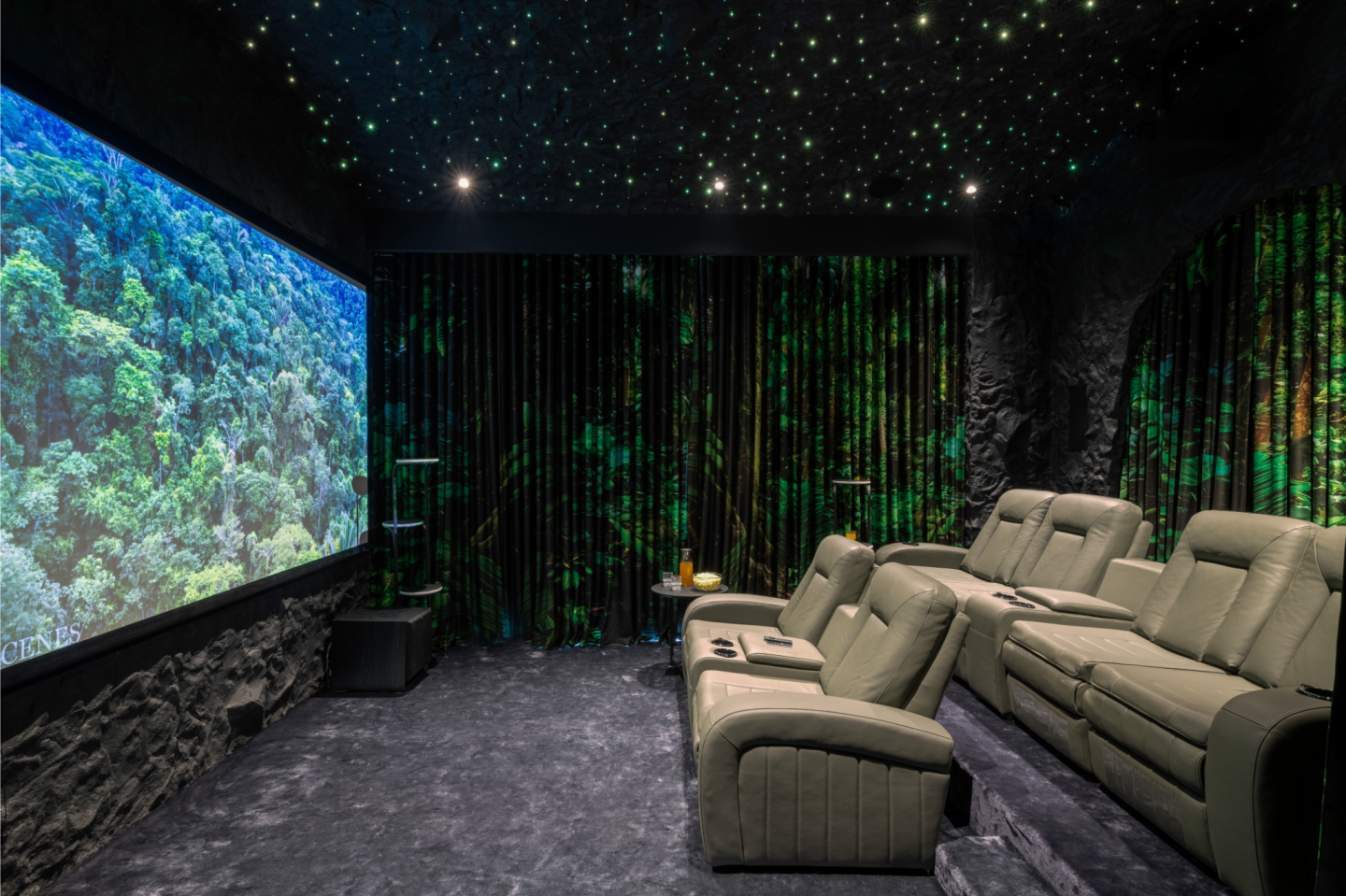Architectural acoustics is a specialized discipline dedicated to the scientific manipulation of sound within the built environment. This field encompasses the design, construction, and modification of spaces to achieve optimal acoustic conditions, thereby enhancing both the aesthetic and functional qualities of buildings.
The Fundamentals of Architectural Acoustics
The core principles of architectural acoustics revolve around the control of sound propagation, absorption, reflection, and isolation. These fundamental elements form the basis for addressing a myriad of acoustic challenges encountered in the built environment. Sound propagation, the transmission of sound waves through air, is influenced by factors such as temperature, humidity, and the presence of obstructions. Sound absorption, facilitated through the use of appropriate materials, mitigates reverberation and echo. Sound reflection, the redirection of sound waves from surfaces, can either enhance or degrade acoustic performance. Lastly, sound isolation focuses on preventing sound transmission between spaces to ensure privacy and acoustic comfort.
Applications of Architectural Acoustics
The applications of architectural acoustics are pervasive across various building typologies. Residential environments benefit from enhanced acoustic comfort, reduced noise transmission, and the creation of tranquil spaces. Commercial spaces require optimized acoustic conditions to foster productivity, speech intelligibility, and customer satisfaction. Educational institutions prioritize acoustically conducive learning environments that enhance speech clarity and minimize distractions. Healthcare facilities necessitate sound environments that promote patient well-being, privacy, and effective communication. Finally, performance venues demand exceptional acoustic quality to support the delivery of captivating artistic experiences.
Challenges and Considerations
The realization of optimal acoustic conditions within buildings presents numerous challenges. Factors such as building materials, construction methods, HVAC systems, and external noise sources significantly influence acoustic performance. To address these complexities, acousticians employ a combination of design strategies, material selection, and acoustic treatments. Moreover, the integration of architectural acoustics with other building systems is imperative. For instance, the design of HVAC systems must prioritize noise reduction and air distribution to ensure acoustic comfort.
The Future of Architectural Acoustics
Architectural acoustics is a dynamic field undergoing continuous evolution. Emerging technologies, such as acoustic metamaterials and advanced computational modeling, are expanding the possibilities for innovative acoustic solutions. Additionally, the growing emphasis on sustainability is driving the development of eco-friendly acoustic materials and construction methods. In conclusion, architectural acoustics is an indispensable discipline that contributes significantly to the overall quality and human experience within the built environment. By mastering the principles of sound propagation, absorption, reflection, and isolation, practitioners can create spaces that are not only visually appealing but also acoustically exceptional.
2021
2023
Interiors that seamlessly blend luxury with nature. This architectural design features natural materials, concept stones, and bespoke furnishings, creating an ambiance that exudes elegance at every turn.
The Bhoir House truly showcases design artistry, where every detail narrates a story of timeless beauty.
Mihir Kotak
Rinki Kotak
Rahul Rathod
Manali Bhambere


